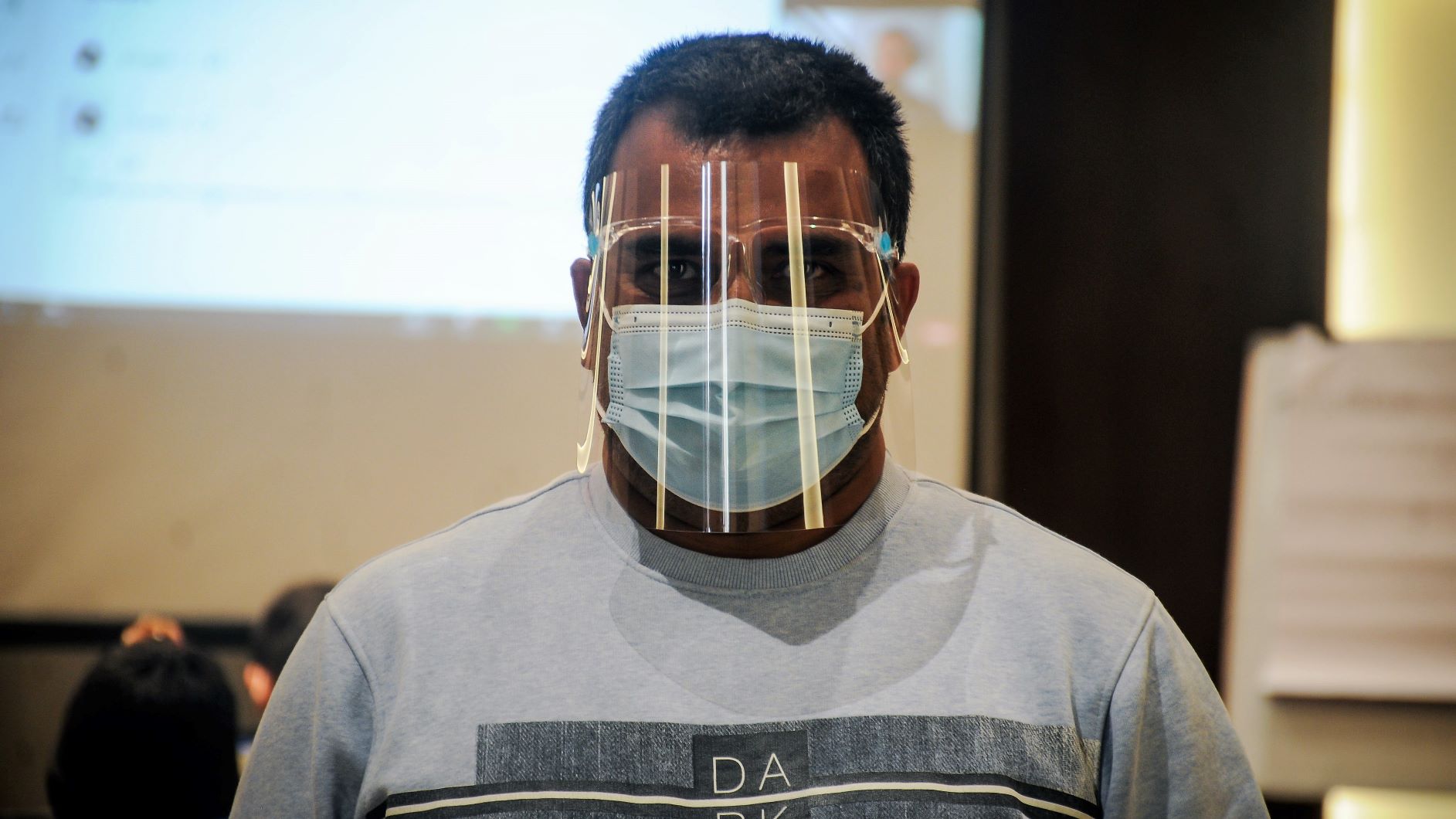On May 27, 2012, the Constituent Assembly (CA) expired dashing hopes of citizens of Nepal. After four extensions to double the CA’s original tenure of two years, the biggest experiment in Nepali politics proved unsuccessful. The 601-member CA comes to an end as unceremoniously as possible without a word of good-bye or apology from the chair.
The major political parties, the largest Unified Communist Party of Nepal (Maoist), the ‘democratic’ Nepali Congress, the Communist Party of Nepal – United Marxist-Leninist and the alliance of parties based in southern plains United Democratic Madhesi Front (UDMF) could not reach an agreement on new constitution and with the Supreme Court (SC) verdict that CA term can be no longer extended, the CA has nowhere to go but to hit the bottom.
But why no constitution?
That’s not an easy question to answer. The easiest answer is because the parties failed to agree or reach consensus. However, this leads to even difficult questions, why the parties failed to reach a consensus in four years?
My answer is miscalculations! The parties miscalculated a few things from the very beginning. The first, they miscalculated time required. I am not saying four years wasn’t enough, but I am implying is that the parties believed that they could reach a consensus within a few days and it won’t be a problem to promulgate new constitution.
They were wrong. Primarily because they failed to predict the roles of the non-party actors. When the parties signed a five-point agreement, the leaders hailed it as a breakthrough. It proved a blockage because as soon as it was there, non-party actors – namely ethnic groups for and against federalism and/or ethnic-based federalism; and even caucus of ethnic lawmakers sprang into action – surprising the top leaders.
The thematic committees have prepared draft that could have been edited into the constitution within minutes had there was consensus on a few tricky issues. Even the promulgation of abridged constitution was made impossible due to ethnic/anti-ethnic movements as parties calculated the political gains/losses.
Why 601?
The question nobody is really asking but worth asking is ‘why we needed 601 members is CA if all the decisions were to be made by around a dozen of top leaders in a closed-door meeting?’
To finish up state funds? Nope, to ensure everyone is represented (although without voices). The CA members chanting slogans demanding promulgation of new constitution on the last day, and quotes coming out of dissolved CA members actually tells one thing very clear: ‘most of those CA members were no more of puppets’.
What next?
Prime Minister Dr Baburam Bhattarai has proposed new CA election on November 22, 2012. President Dr Ram Baran Yadav, with a history of denying a Maoist PM (Pushpa Kamal Dahal) to dismiss the Chief of Army Staff leading to Dahal’s resignation, has the ball in his court as he is the one who should approve it.
Constitutionally, according to the Interim Constitution 2007, there is no provision for new election. The only legal logic is that SC had in its verdict vaguely talked of election possibility. In the prime ministerial system we have adopted, the President actually do not have constitutional rights to unapprove cabinet’s recommendation (well, in case of Army Chief, he did because he is the head of army).
So what can the President do? Any decision he takes will be an unconstitutional one. (A NC cadre or you can say a conspiracy theorist told me that this is Maoist’s grand design to make Dr. Yadav unpopular because he has gained such a status that he would have defeated Maoist supremo Dahal in presidential election).
I think there is a best-case scenario and a couple of worst-case scenarios of what could happen in future (according to decisions taken in a few days):
1. Best case scenario: An all-party government is formed and CA election is held in November 22 or as soon as possible. The parties need to agree on all-party government and its leadership.
2. Worst case scenario # 1: Present government holds the CA election. NC and UML have already opposed PM’s proposal and if he goes on with the election without agreement with other parties, it leads to more polarization among parties and an environment where other parties will lose any faith on Maoist. (A Maoist cadre jokingly told me without parliament and with Maoist government, there is no way anyone can stop Maoist sweeping in election by popularity, hooks and crooks – so it actually leads to quicker promulgation of People’s Constitution).
3. Worst case scenario # 2: President steps up. Ohooo! What will happen then? The government has to go. Will they? How will president rule? On what basis? It all will leads to protests, confusion and more polarization.
Everything will be a little more clear in a few days – but for now the best case scenario seems to be the hardest one to materialize (bad for my beloved country)!
What’s your opinion?

